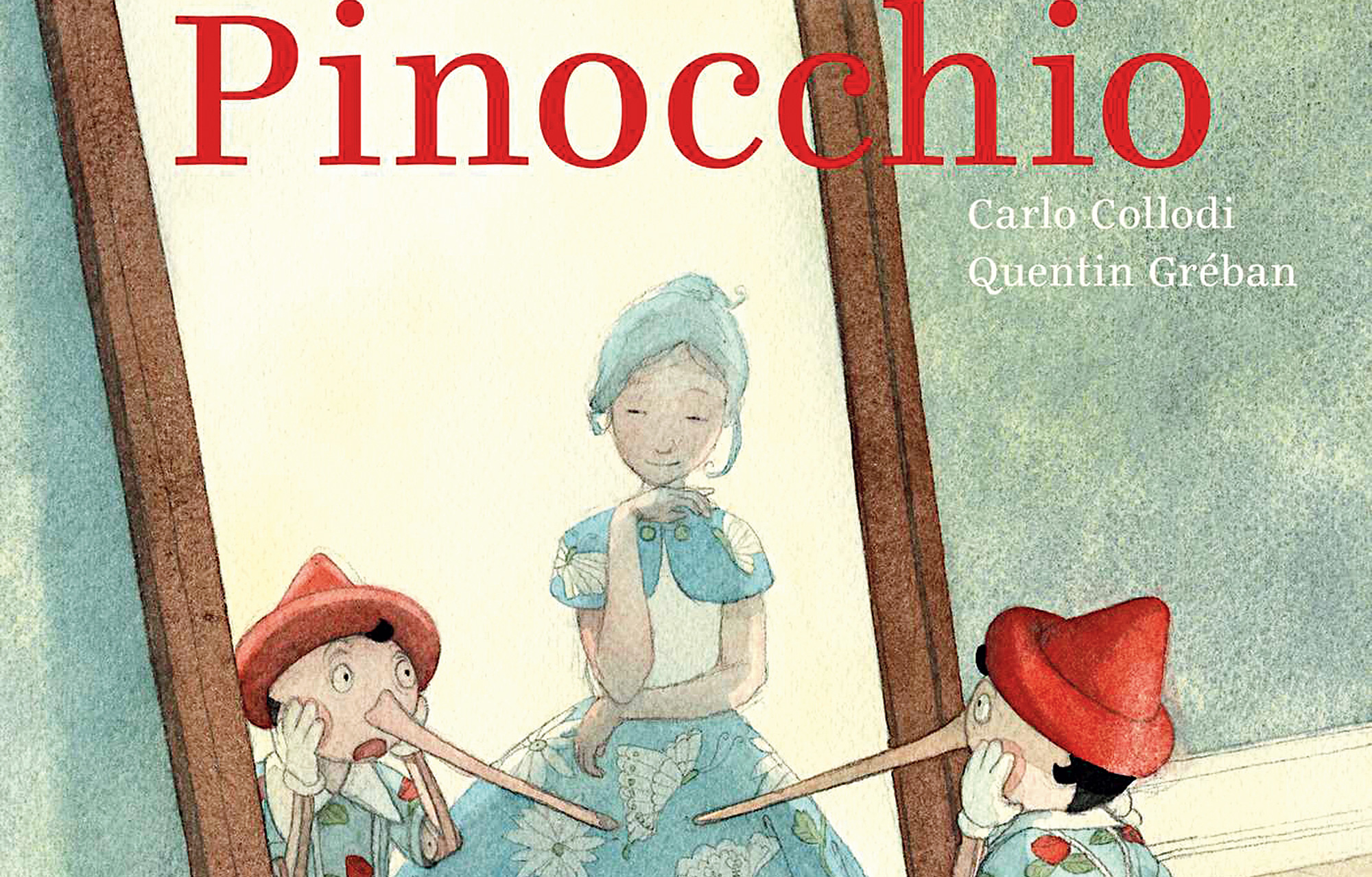There are two kinds of lies, according to Carlo Collodi, the author of The Adventures of Pinocchio, which was originally published as a book 136 years ago this month. There are lies with short legs — those that can carry the teller a little distance, but cannot outrun the truth in the end — and lies with long noses — fibs that are so obviously untrue that they make their tellers look ridiculous. Of course, the world has come a long way since Collodi wrote this in late-19th century Italy. Lying has been turned into a fine art and has many more types than Collodi could ever have imagined. Take, for instance, lies with corn-gold hair; these, while being downright absurd, are known to go down well with a lot of listeners and earn the liars rich dividends.
Yet, while Collodi might not have articulated it outright, he also wrote of another kind of deception. Pinocchio is far from being the only liar in the book. In fact, he is not even the first character in the book to tell a lie. It is his father, Geppetto, who tells the first fib when he sells his coat to buy Pinocchio a schoolbook. He tells Pinocchio that he sold his coat because he found it “too hot”. This, perhaps, is what Plato would have called a “noble lie”. Indeed, can the literal truth always convey the intended meaning of a sentiment faithfully? Had Geppetto told Pinocchio that he sold his coat to get the latter’s schoolbooks — the literal truth — it would have indicated the sacrifices that the father had made for his son. But in telling a lie — which Pinocchio is smart enough to catch — Geppetto makes it known that the coat and his personal comfort do not matter to him as much as his son’s education. Deeper truths such as this can often get lost in strict reportage.
If Geppetto sows the seed of lies, the marionette’s adventures with the fox and the cat — who steal from him and even try to kill him — teach Pinocchio that telling the truth can not only get one into trouble but can also be dangerous. Pinocchio thus spouts outrageous falsehoods when the fairy interrogates him to protect himself and his possessions. But is the fairy — one of the enforcers of morality in this story — entirely honest? She knows full well that Pinocchio is lying, but she feigns ignorance and curiosity, while Pinocchio gets tangled in his own web of lies. Is not withholding information just another form of lying? Yet, the fairy is absolved of bending of the truth, as she does this for Pinocchio’s benefit, with the intention of teaching him an important lesson about the consequences of lying. Lies, then, are of three kinds — ones with short legs, those with long noses and others with a paternalistic heart.










